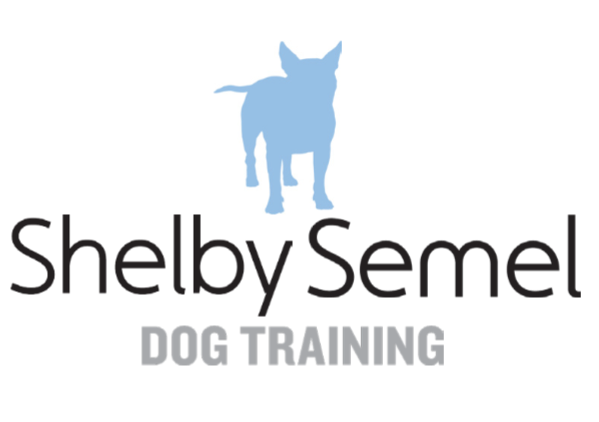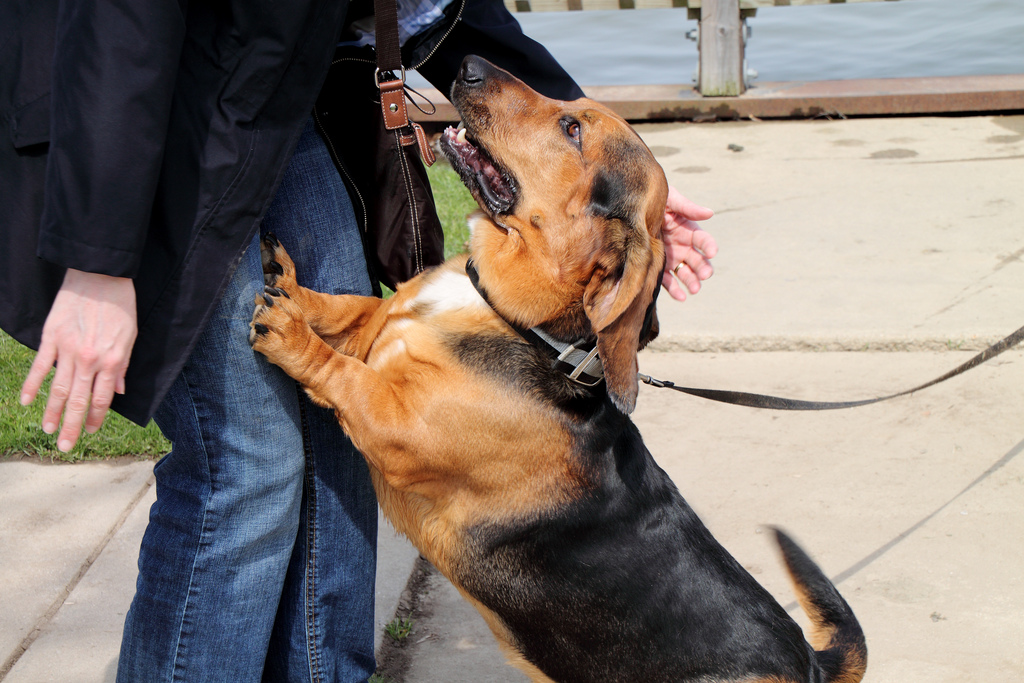Just Say No: Managing Your Dog’s Interactions
/Successfully training your dog is a time-consuming and occasionally frustrating proposition. Not only do you need to be patient, consistent and committed, you also often have to deal with other people who, attracted to The Cuteness at the end of your leash, may encourage inappropriate behaviors. This is particularly prevalent in highly populated areas like New York, where any outside time for your pup is likely to involve interactions with enthusiastic strangers.
A good example of this, and one we see over and over again, is when trying to teach a dog not to jump up on people. Now, when a pup jumps up it is often a display of sociability, a way of saying “Hello new friend! Play with me!” The dog is, as far as she is concerned, just being friendly. Unfortunately this behavior can, if unchecked, lead to unpleasant situations ranging in severity from dirty paw prints on clean clothes to pushing over and injuring a child; it therefore needs to be addressed.
The positive training method we recommend goes thusly: The dog is jumping up to garner attention. We therefore do not give her attention until she has all four paws on the floor or, even better, is sitting down. If we are consistent with this, she soon learns that the way to solicit the attention she wants is to calmly wait for it.
The key word there is “consistent”. If she gets mixed signals, sometimes rewarded for jumping and sometimes ignored for it, she will find it much more difficult to figure out what is expected and control her jumping impulses. In some instances it can even exacerbate the problem, causing her to think that perhaps she has just not jumped enough and therefore increasing her leaps until she resembles a furry, scratchy kangaroo.
This brings us back to the problem of other people. New York is a densely populated city, and many of the inhabitants are dog lovers who will want to interact with your critter without having the first idea about her training. In an ideal world they would ask for permission to pet your dog, giving you the opportunity to explain that she is in training, to warn that she is likely to jump up and to request that the stranger ignore her if she does so.
Unfortunately, real world interactions seldom take this route. Many people will call out to your dog, or even reach for her without checking with you first. Some will check in perfunctorily but not actually pay attention to what you say and still others may respond with a cheery “I don’t mind” and encourage your pup to jump up because they are flattered by such an enthusiastic response and are enjoying the love.
So, what do you do? Just Say No! Feelings of social obligation can make this is a difficult proposition for a lot of owners; however it helps to bear in mind that the obligation to make sure your dog is well-mannered and not an inconvenience or danger to others is stronger (even if less immediate). For the most part a firm but polite “Sorry, no. She’s in training” is sufficient. If it is not, or the stranger tries to argue or persuade you, remember: you owe them nothing but politeness, and giving them the brief enjoyment of cuddling your pup is in no way more important than her training. This applies in particularly if they are disrespectful enough to ignore your request. If necessary, walk away from the encounter. In this city, there will be another person within the space of a block!


